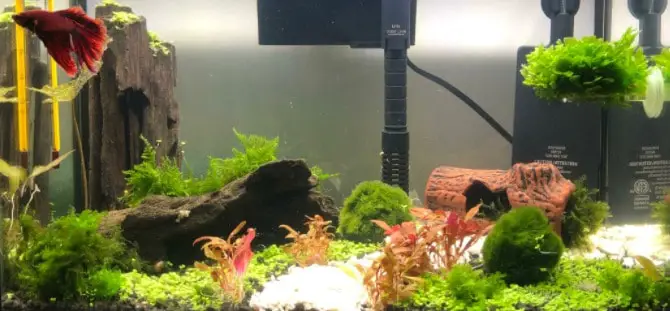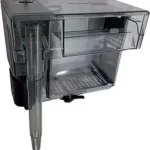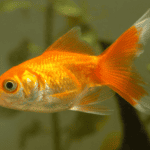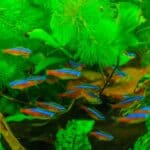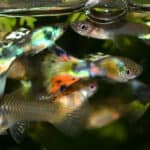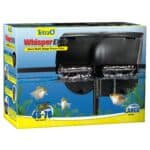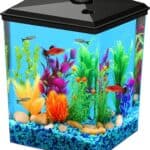Today, we have a numerous amount of options of aquarium filters available in the market. With each of the models designed to suit different preferences for individuals.
Before shopping online or heading to the fish store to buy a filter, there are some few basics that we need to know. These basics include the size of the aquarium versus that of the intended filter. The other basic is the three types of filtration that takes place in the tank.
The three types of filtrations that take place in the tank are:
- Biological filtration. – This can be termed as the breakdown of different bacteria. This is better known as the nitrogen cycle where the fungi, foods and waste products are broken down to produce ammonia. Ammonia is however quite toxic to the inhabitants of aquarium. The nitrogen cycle would work more proficiently if there is enough space where the beneficial bacteria can grow. In this case, a biological filter chosen by the amount of available space made for the bacteria to grow on.
- Mechanical filtration. – In this process, water is jetted through filter that is designed to trap the particles that are suspended in water in the aquarium.
- Chemical filtration. – This takes place when the harmful chemicals pass through a media or a resin. Certain chemical filtration equipment target specific excessive nutrients or chemicals that are present in the aquarium.
Having talked about the various types of filtration processes above, now it’s worth looking at different types of aquarium filters that are currently available on the market.
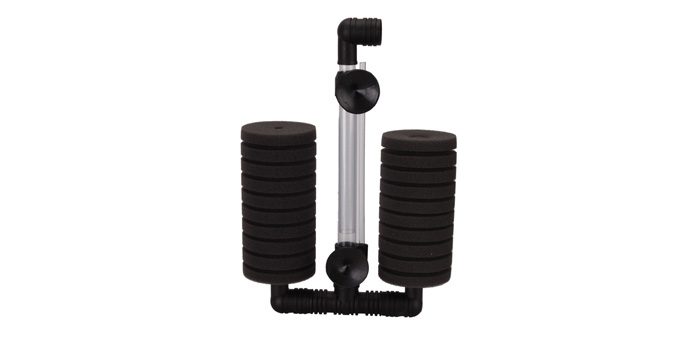
This type of basic filter setup uses biological filtration through it’s sponge/air filter. It is widely used for breeding of shrimp or fry (baby fish), quarantine tanks and/or hospital tanks. Sponge Filters can be used to build beneficial bacteria and/or live food for fish that don’t take dry food or frozen. (ie: scarlet bardis)
Jetted water that is forced through a sponge like material is used to power the sponge or the air driven filter. Since some beneficial bacteria live in the sponge, the sponge filter is able to produce both the biological and mechanical filtration.
using caution, you can clean the sponge with aquarium water, taking the necessary precautions not to kill the important bacteria. Typically having large or multiple sponge filters can help when cleaning; rotating clean-ups on each sponge every so often.

Most fish hobbyist use this type of filters. It is their chemical, biological and mechanical excellence that awards them this preference.
While hanging on the side or the back of your aquarium, they suck up water through the siphon tubes. Through mechanical filtration, water trickles down through a filter pads or floss. Through chemical filtration, water is allowed to flow easily through carbon filter which is responsible for removing toxins or other chemicals from the water. Finally, biological filtration takes place inside a filter cartridge. In the cartridge, a vast number of bacteria form, facilitating the nitrogen fixing process. However, this is greatly limited to the levels of oxygen in the water. Most the new and advanced systems are fitted with biowheels biological filter pads. Biowheels in this case can be regarded as some wheels containing biological filters on them. When water passes on them, they create an excellent biological filter.

Alongside hang on back filters, Canister filters also feature among most popular styles among most fish hobbyist. This can be attributed to their excellent performance in aquariums 40 gallons or much larger. They provide overwhelming biological, chemical and mechanical filtration processes due to their relatively larger sizes than the hang on back filters. Albeit having a siphon tube, they have a flexible pipe work that goes to the filter. They also have stand by pipes that run into the tank with a return “water bar” whose major work is to uniformly distribute the water outflow through a long bar. They are considered to work best for cichlid, saltwater or the planted aquariums.
Owing to the fact that canister filters are pressurized, the mechanical filtration much better by jetting water through fine material that is capable of trapping much smaller particles. It is through the same way chemical filtration is achieved.
The biological filtration is much dependent on the oxygen present in water that is passing through it. The lack of air to water contact, the biological filtration is therefore not carried out in this filter.
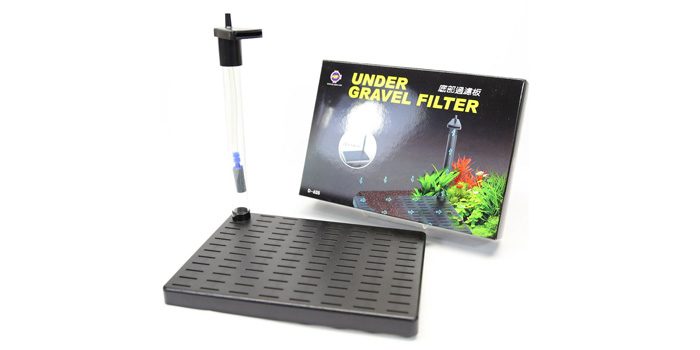
In this type of filter, water is pulled through tubes which emanate from filters placed at the bottom of the tank below the substrate or the gravel. There are two common methods that water can be jetted out of the tank through the tubes. One is by using an air stone and air pump. The other way is by pumping water across the top of the aquarium by use of power heads that are fitted onto the top of the uplift tubes.
As water jets through the gravel, mechanical filtration is achieved. However, at the downside, biological filtration is much limited from the water that passes through the substrate.
Unluckily, chemical filtration is much rare with under gravel filters. Making sure that your substrate is stirred and thoroughly cleaned will be a remedy to detritus buildups that are responsible for high levels of hydrogen sulfide.
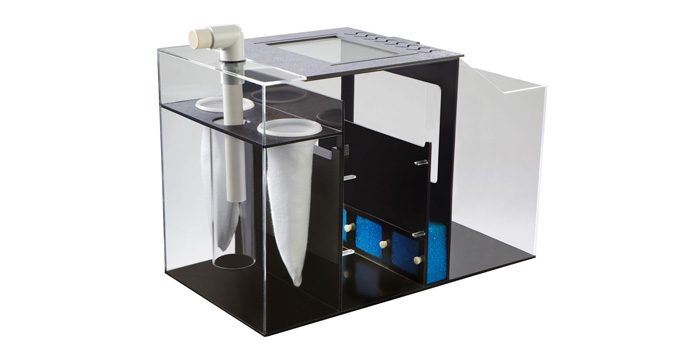
These types of filters are less common as compared to all of the earlier discussed types of filters. However, to some fish hobbyist, they are their best preferred choices more so when it comes to saltwater. It is usually halfway submerged into the aquarium water, leaving it well exposed to air while a significant part is sunk into the water. This principal makes them so good for biological filtration. The condition that it is partially sunk into the water creates a conducive environment for beneficial bacteria to grow as well process the waste materials present in the water.
The entire setting up of the system is quite tasking. It involves some intensive plumbing where your aquarium is plumbed directly to a sump or reservoir in order to keep supplementary water and that of running the pump.
When you place a chemical media in filter after which water flows through, it is then chemical filtration is achieved. When water passes through the large pored sponges without being restricted in any way, it is at this juncture the mechanical filtration is realized.
Vividly, it is quite evident that there is a wide range of aquarium filters that you can adopt for your fish. We do owe technology most of our regards for the many improvements that have continuously aided the hobbyist to keep their aquatic inhabitants with much ease.
However, picking deciding on which filter to pick from the shelf, it is wise to consider the type and the number of species you are keeping, as well as their daily requirements in order to maintain their health.
After taking that direction, you will enjoy less maintenance cost as you spend more time enjoying the long living aquatic inhabitants for many years.
